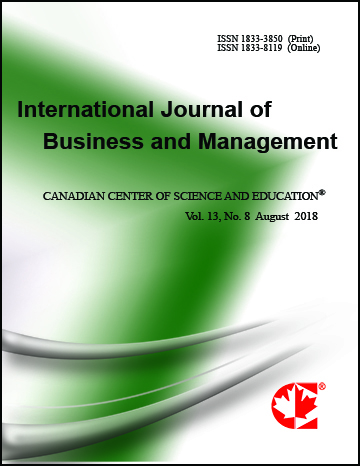Reducing the High Failure Rate (50%) of RPA Implementation Projects: A Real-World Application Using Design Science Research
- Driss Camara
Abstract
When Cooperative Inc. faced challenges sourcing experienced CPAs to meet an increasing demand for internal controls professionals, we turned to emerging technologies—specifically Robotic Process Automation (RPA). Recognizing the high failure rates often associated with RPA initiatives, I developed, tested (Eligibility, Calculation of ROI, & Design), and validated an RPA implementation framework known as the Virtuous RPA Circle Framework, through design science research (DSR) and practitioner surveys. This framework was tailored for SOX compliance and its Canadian equivalent (52-109). Leveraging DSR allowed us to rigorously assess the automation potential of 500 internal controls, each traditionally requiring three hours to test manually, but reducible to under a minute per control with RPA—yielding an estimated annual savings of 2,000 hours, or slightly more than one full-time equivalent (FTE). The agile and iterative features of the Virtuous RPA Circle Framework promote successful deployment and sustainable maintenance through robust governance structures. Although conceived and evaluated within a SOX/52-109 context, survey participants expressed considerable interest in applying the framework to broader use cases, such as business process optimization, underscoring its versatility and potential for broader organizational impact.
- Full Text:
 PDF
PDF
- DOI:10.5539/ijbm.v20n6p33
Journal Metrics
Index
- ACNP
- AIDEA list (Italian Academy of Business Administration)
- ANVUR (Italian National Agency for the Evaluation of Universities and Research Institutes)
- CNKI Scholar
- EBSCOhost
- EconPapers
- Electronic Journals Library
- Elektronische Zeitschriftenbibliothek (EZB)
- Excellence in Research for Australia (ERA)
- Genamics JournalSeek
- IBZ Online
- IDEAS
- iDiscover
- JournalTOCs
- Library and Archives Canada
- LOCKSS
- MIAR
- National Library of Australia
- Norwegian Centre for Research Data (NSD)
- PKP Open Archives Harvester
- Publons
- Qualis/CAPES
- RePEc
- ROAD
- Scilit
- SHERPA/RoMEO
- WorldCat
- ZBW-German National Library of Economics
Contact
- Stephen LeeEditorial Assistant
- ijbm@ccsenet.org
